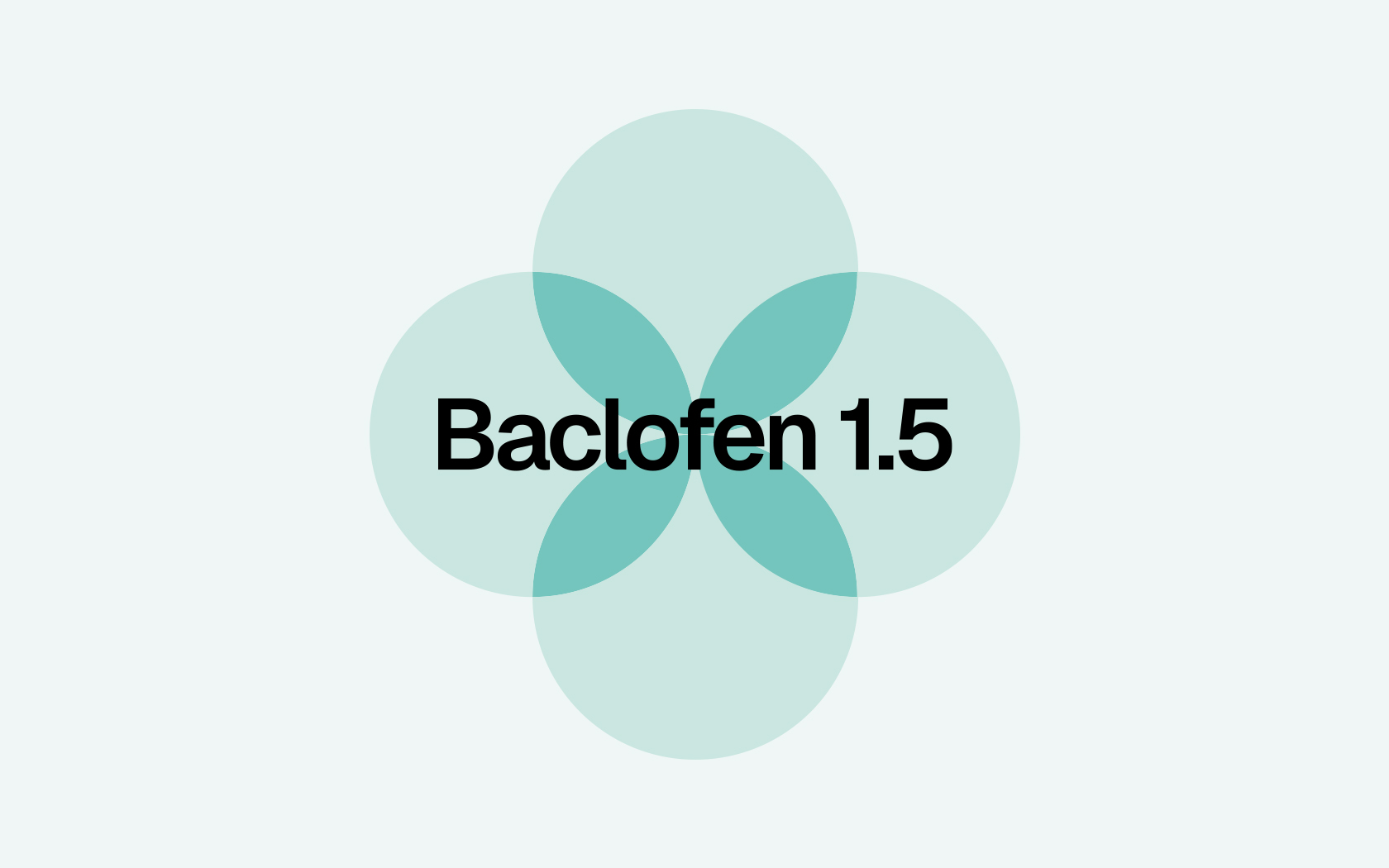- Senescence
Product_1_Test

Rapamycin is considered to be one of the most promising healthspan-promoting interventions for its role in slowing down the formation of senescent cells through its inhibition of the mTOR pathway.
$100.00
Maximize Bioavailability
By testing for bioavailability, we’re able to deliver medications that are more easily absorbed by your body, leading to improved outcomes and better overall health.
Prescribed In the US
Our US-based clinicians are here to provide the guidance and support you need to achieve your health and longevity goals, and to address any concerns or questions you may have.
Dispensed by a LegitScript-certified Pharmacy
All of our medications are pharmaceutical-grade and dispensed by a licensed pharmacist. We have extensively tested all of the formulations of our medications to offer our patients the highest biovailable medications.
Free shipping on all orders! No hidden fees. Cancel anytime!
Product Overview
7-keto-dehydroepiandrosterone (7-keto-DHEA), also called 7-oxo-DHEA, is a metabolite of the steroid hormone precursor DHEA.[1] DHEA, in the form of its sulfate conjugate (DHEA-S), is the most abundant steroid present in human blood and has generated interest as a potential therapeutic agent in age-related and other health conditions based on studies in preclinical models.[2][3] However, DHEA is converted to androgens and estrogens, including testosterone and estradiol, and can result in sex steroid-associated side effects, such as polycystic ovaries and signs of masculinization in females.[2][3][4] Thus, 7-keto-DHEA has arisen as a promising alternative to DHEA because metabolites of DHEA, including 7-keto-DHEA, may mediate some the biological functions and physiological and clinical benefits of DHEA.[5] Importantly, unlike DHEA, 7-keto-DHEA is not converted into testosterone or estradiol.[2][6]
Like DHEA, 7-keto-DHEA is produced endogenously in the adrenal glands, gonads, brain, liver, and skin.[5][7] Physiological (serum) levels of 7-keto-DHEA vary widely among individuals; however, they appear to be similar among men and women.[8] In a 2007 study of 215 individuals without endocrine disorders (91 males and 124 females; aged 5-71 years), no significant differences in 7-keto-DHEA levels were observed between males and females.[8] The overall mean (±SD) and median of 7-keto-DHEA levels were 0.280 (±0.39) nmol/L and 0.239 nmol/L, respectively.[8]
At puberty, the level of 7-keto-DHEA rapidly increases and plateaus until approximately 35 years of age; it then decreases with increasing age.[8][9] Because the level of 7-keto-DHEA is directly related to the level of DHEA, decreasing 7-keto-DHEA levels are likely a reflection of decreasing DHEA levels, which are also known to decrease with age.[10] Therefore, it is believed that DHEA and 7-keto-DHEA supplementation may help the body maintain a more youthful state and may be beneficial to individuals with low levels of DHEA or 7-keto-DHEA.[6]
7-keto-DHEA is typically administered orally as an acetyl ester of 7-oxo-DHEA (3β-acetyl-7-oxo-DHEA or 7-oxo-dehydroepiandrosterone-3 acetate[11] ); this form (also often referred to as 7-keto-DHEA) is less susceptible to oxidation than 7-keto-DHEA during manufacturing and storage.[3][12][13] After administration, the 7-oxo-DHEA acetyl ester is rapidly converted to 7-oxo-DHEA-sulfate (7-keto-DHEA-S) in a concentration proportional to the administered dose.[6][14]
7-keto-DHEA has been shown to promote weight loss and increase resting metabolic rate in people who are overweight.[15][16][17] In two placebo-controlled double-blind trials, participants who received 7-keto-DHEA acetyl ester lost significantly more weight than those who received placebo (2000 study: mean, -2.88 kg vs -0.97 kg, respectively; P=.01[15] and 2002 study: mean, -2.15 kg vs -0.72 kg, respectively; P=.038[16]).
Another placebo-controlled double-blind study with a 3-way cross-over design evaluated the effect of 7-keto-DHEA on resting metabolic rate in adults who were overweight.[17] Participants received the 7-keto-DHEA acetyl ester (50 mg twice daily), HUM5007 (another 7-keto-DHEA acetyl ester containing supplement; 50 mg twice daily), or placebo in conjunction with a calorie-restricted diet for 7 days (each study period was followed by a 7-day washout period).[17]
7-keto-DHEA treatment increased resting metabolic rate compared with baseline levels (3.4% increase with HUM5007 and 1.4% increase with 7-keto-DHEA).[17] Treatment with either 7-keto-DHEA product significantly increased the resting metabolic rate (+134 kcal/day [7.3% increase] with HUM5007 and +96 kcal/day [5.4% increase] with 7-keto-DHEA) compared with placebo (-75 kcal/day [3.9% decrease]; P=.001 for both).[17] Therefore, in combination with a calorie-restricted diet, 7-keto-DHEA appears to not only reverse the decline in resting metabolic rate associated with dieting but to enhance it and may benefit individuals who are overweight or with impaired energy expenditure.[17]
7-keto-DHEA is believed promote weight maintenance or loss by increasing resting metabolic rate.[17] On a molecular level, studies in preclinical animal models showed that 7-keto-DHEA increased the activity of enzymes involved in thermogenesis, including mitochondrial and cytosolic sn-glycerol-3-phosphate dehydrogenase and cytosolic malic enzyme.[2][3][18] It also increased the rate of mitochondrial substrate oxidation and the activity of enzymes involved in fatty acid oxidation, including liver catalase and fatty acyl-CoA oxidase.[18] It is unknown how 7-keto-DHEA mediates these changes; however, it is believed the metabolites of 7-keto-DHEA, 7α-OH-DHEA and 7β-OH-DHEA, may be involved.[3][18]
Other effects of DHEA and 7-keto-DHEA, such as increased immune response, may also be mediated by 7α-OH-DHEA and 7β-OH-DHEA.[2][3] Both 7α-OH-DHEA and 7β-OH-DHEA have been shown to inhibit the reduction of cortisone to cortisol in human skin; however, 7β-OH-DHEA was seven times more potent than 7α-OH-DHEA.[19] Thus, it is possible that part of the physiological activity of 7-keto-DHEA and its metabolites is mediated by their ability to act as anti-glucocorticoids.[19] However, given that cortisone and cortisol are present in substantially higher levels than 7α-OH-DHEA and 7β-OH-DHEA, these 7-keto-DHEA metabolites may not have a systemic effect, but they may act locally in tissues through autocrine or paracrine processes.[19]
7-keto-DHEA may increase T3 levels.[16] People interested in starting 7-keto-DHEA supplementation, particularly those who have a thyroid disorder or who are taking thyroid hormone, should consult a physician.
7-keto-DHEA may lower blood pressure.[6] Individuals with low blood pressure should consult with a physician prior to use of this supplement.[6]
At the time of writing, there were no other reported contraindications/precautions for 7-keto-DHEA. Individuals with known allergy to any of the capsule components or DHEA should not use this product.
At the time of writing, there were no reported interactions for 7-keto-DHEA. It is possible that unknown interactions exist.


